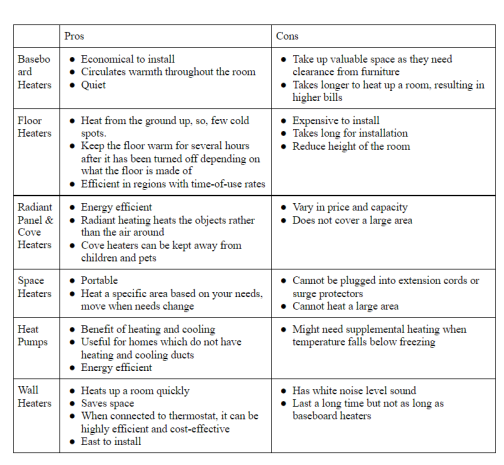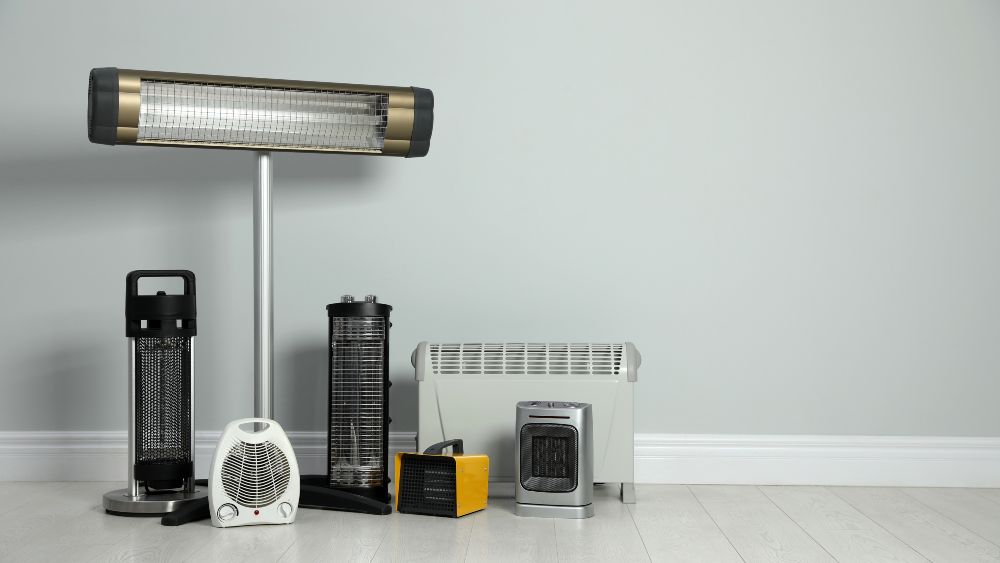Unknown Facts About 1 Source Portable Air
Unknown Facts About 1 Source Portable Air
Blog Article
3 Easy Facts About 1 Source Portable Air Described
Table of ContentsThe Main Principles Of 1 Source Portable Air The smart Trick of 1 Source Portable Air That Nobody is DiscussingThe Greatest Guide To 1 Source Portable AirUnknown Facts About 1 Source Portable AirThe Only Guide to 1 Source Portable Air
Running costs are based on an electrical power price of 40c/kWh. The prices for 3 months' usage in winter are based upon 500 hours use, or roughly 6 hours each day for 3 months. Maximum heat result is based upon the maximum power level of the designs we've tested (we concentrate on higher power level heating units).
On standard, small follower heating units are less expensive to purchase, yet can have greater running expenses. Oil column heating systems will be the most inexpensive on the market to run (on standard) yet just by a narrow margin in advance of convection heating systems (like panel and micathermic panels).
1 Source Portable Air Things To Know Before You Buy
If you have a relatively easy to fix ceiling fan, it'll help spread the warm around the space more uniformly. The models in our electrical heaters test typically range in rate from well under $100 to over $900, however we've discovered a higher cost does not always mean better performance. A number of pricey heaters have actually stopped working to excite our testers, while some less costly designs make for surprisingly bargains.
As the name recommends, they radiate warm from a red-hot burner (so the family members will need to take turns resting in front of it). There are flooring and wall-mounted models available. Glowing heaters are relatively cost-effective. They have a cosy glow and individual warming result, like being in front of a fire.
The relatively exposed home heating component can be a fire and security threat. A piece of clothes went down over it may stir up, or little kids playing around a flooring model might burn themselves, so be mindful. Glowing heating systems normally cost in between $20 and $200. Oil-filled column heaters don't really melt oil they use power to heat up the oil that's sealed inside their columns or 'fins'.
The Basic Principles Of 1 Source Portable Air
Some column heaters aren't even oil-filled however rather utilize various other product or home heating modern technology to function similarly - 1 Source Portable Air. The threat of fire with an oil column heating system is low contrasted to other heater kinds, however never ever no. Oil heating systems do not have subjected aspects like glowing heating systems do, and their surface area temperature is lower than lots of other heater types (their huge area offsets it)
Oil column heaters won't explode, and while they do not shed their oil to create warmth, it's still flammable, so there is a find out here now fire risk if the oil leaks, if the heater tips over and leaks, or if flammable objects or textile come into call or drop on the heater. You ought to exercise the exact same degree of care with oil heating units when it comes to other heating system kinds, and never ever hang towels or garments over one to completely dry them use a drying out rack rather, at least one metre away.
Column heating units are specifically resource useful in areas where they'll be turned on for extended periods of time or where they'll run neglected, such as overnight in a bed room. The surfaces you're likely to touch on a column heating unit do not obtain as warm as various other sorts of electrical heating units. You can make use of a ceiling follower on very reduced speed to aid the column heater to disperse the warm faster and more equally.
If there's not much air movement (as an example, if you're sitting reading or enjoying television), the warm might not be distributed evenly. Oil-filled column heating units usually cost in between $50 and $450. Convection and panel heating units attract chilly air over an electric burner. The warmed air after that leaves the heating system and climbs towards the ceiling, while cooler air relocate to change it.
Getting The 1 Source Portable Air To Work

Convection and panel heating units are more mobile than their oil-filled column heating system equivalents since they're considerably lighter. They'll heat the air in an area equally and swiftly. Like a column heater, you can make use of a ceiling follower check these guys out on very reduced speed to disperse the warm quicker and a lot more uniformly. Some designs, particularly panel heating systems, are fairly expensive to purchase.

Not known Details About 1 Source Portable Air
Follower heating systems are frequently smaller and extra portable than various other electrical heating systems. They also are available in the kind of tower follower heating systems, which can be better for dispersing heat around larger areas because of their taller account. They can warm the air in a room much more rapidly, uniformly and rapidly than some other heating unit kinds.
Fan heating systems (ceramic or otherwise) usually cost between $60 and $900. Ceramic fan heaters aren't necessarily any different in cost to non-ceramic models.
Report this page